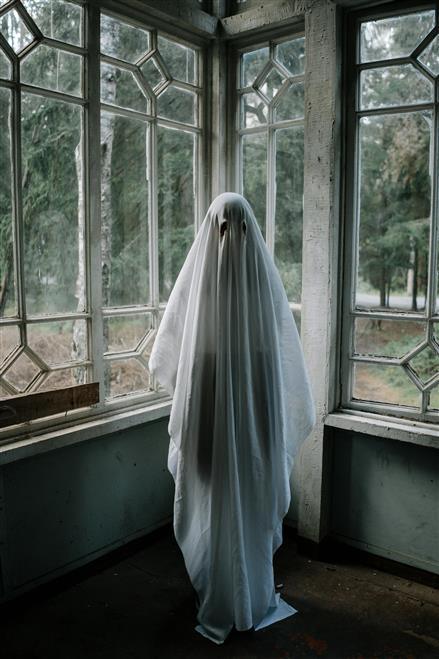
In a world defined by speed, instant gratification, and relentless updates, it’s easy to forget that not everything is meant to move fast. Our attention spans have shortened, our expectations are immediate, and our tolerance for delay has all but vanished. Yet, beneath the surface of rapid change, there is a quiet movement gaining ground—one that values patience, depth, and the enduring richness that only time can yield. This is the world of slow trends.
These aren’t the fads that spike in popularity overnight only to disappear by the next scroll. Slow trends evolve gradually. They are often rooted in tradition, informed by experience, and shaped by long-term thinking rather than short-term gain. From the way we eat to the way we build homes, slow trends ask us to pause, to pay attention, and to understand that some things are simply better when they’re not rushed.
Time as a Quality Filter
One of the core ideas behind slow trends is that time serves as a natural filter for quality. Whether it’s sourdough bread, handmade furniture, or a small, independent bookshop that’s thrived for decades, longevity tends to point to something meaningful. It signals a process of refinement, of trial and error, of getting things not just done, but done right.
In contrast, fast-moving trends often skip the process of refinement. They’re born from urgency rather than care. And while they may ride a wave of hype, their lasting impact is minimal. Think of fast fashion—clothes that are trendy today and landfill tomorrow. Now compare that to a tailor-sewn jacket that lasts for decades and carries with it the story of its maker. One is momentary; the other is meaningful.
Slowness in Culture and Craft
Consider the resurgence of vinyl records. While digital streaming has made music more accessible than ever, many still gravitate to the slower, tactile experience of playing a record. The ritual of sliding the record out of its sleeve, placing it on the turntable, and sitting down to actually listen—without skipping or multitasking—turns music into something more immersive.
The same goes for handmade ceramics, small-batch coffee, or even growing your own food. These aren’t just hobbies or aesthetic choices; they are acts of resistance against a culture that often values convenience over connection. They remind us that the process is part of the product.
The Slow Shift in Technology and Design
Even in the tech world, where progress is often measured in months, there’s a growing respect for restraint. Long-term support, reliability, and privacy have started to matter more than the newest feature or interface update. Devices that are repairable rather than disposable, software that prioritizes clarity over cleverness—these are signs that slowness, even here, has a place.
Architecture tells a similar story. While glass towers rise in cities within months, a movement toward natural materials and climate-responsive design has been quietly gaining ground. These buildings might take longer to plan and construct, but they offer a kind of wisdom embedded in their walls—one shaped by local knowledge, centuries-old techniques, and thoughtful adaptation to their environment.

Patience as an Act of Meaning
The modern attention economy thrives on constant input, but slow trends teach us that silence and waiting can hold their own value. They invite reflection. They ask us to resist the pressure to always be first, fastest, or loudest. A garden doesn’t bloom because you demand it; it blooms when it’s ready. Likewise, a meaningful conversation, a deep friendship, or a well-written book all need time to mature.
In many ways, slowness fosters trust. It allows room for mistakes, revisions, second thoughts. A community that evolves over decades tends to be stronger than one formed overnight. A brand that grows gradually, through word of mouth and personal connection, is often more resilient than one that explodes through a viral campaign and burns out just as fast.
Economic Value of the Slow Lane
It may seem counterintuitive in a capitalist world, but the economics of slow trends can be surprisingly strong. People are willing to wait—and pay—for goods and services that offer real value. Think of the waiting list for a handmade bicycle, or the growing market for refurbished vintage products that outperform many of their modern counterparts.
What’s more, slow growth tends to be more stable. Businesses built slowly can adapt, evolve, and survive the turbulence that often takes down more aggressive competitors. Their strength lies in relationships, reputation, and authenticity—things that algorithms can’t fabricate and that take time to cultivate.
A Different Kind of Progress
Progress doesn’t always have to mean acceleration. Sometimes, it means deepening. It means asking better questions, not just faster ones. It means understanding the roots before leaping toward the branches.
Slow trends remind us that not everything should be optimized for speed. Some of the most beautiful, durable, and fulfilling parts of life defy fast-forwarding. They require patience, attention, and, occasionally, a bit of waiting in silence. And in a world that seems allergic to stillness, that might be the most radical idea of all.
So while the next big thing may arrive with a splash and fade within a week, keep an eye on the quiet ones—the slow burners, the late bloomers, the steady risers. Because the things that take time often end up meaning the most.


